Home>Gardening & Outdoor>Outdoor Entertaining>How Many Retaining Wall Blocks To Make A Fire Pit
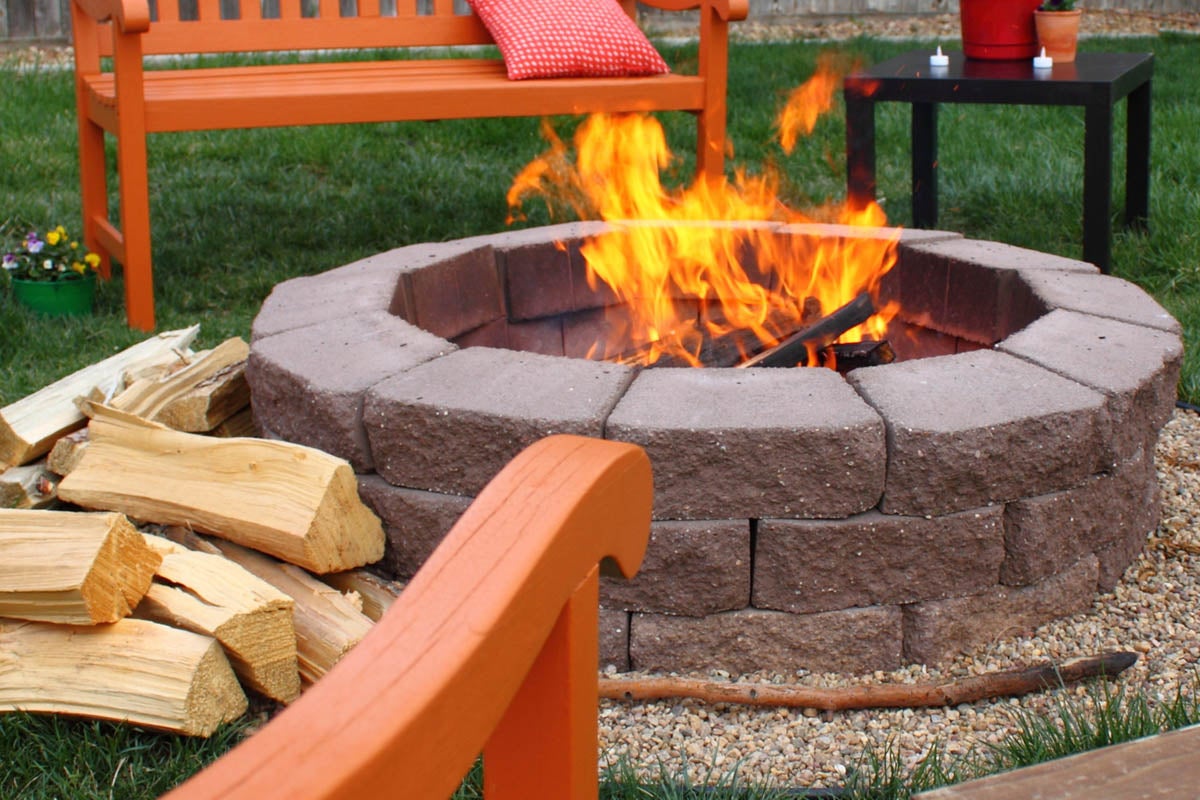

Outdoor Entertaining
How Many Retaining Wall Blocks To Make A Fire Pit
Modified: January 14, 2024
Create the perfect outdoor entertaining space with a fire pit made from retaining wall blocks. Learn how many blocks you'll need and get ready to enjoy cozy evenings in your backyard.
(Many of the links in this article redirect to a specific reviewed product. Your purchase of these products through affiliate links helps to generate commission for Storables.com, at no extra cost. Learn more)
Introduction
When it comes to outdoor entertaining, few things compare to the warmth and ambiance of a crackling fire pit. Whether you're hosting a gathering of friends, toasting marshmallows with family, or simply unwinding after a long day, a fire pit can elevate your outdoor space into a cozy and inviting retreat.
One popular way to construct a fire pit is by using retaining wall blocks. These blocks are not only durable and fire-resistant but also come in a variety of colors, textures, and sizes, allowing you to customize the look of your fire pit to suit your outdoor aesthetic.
In this article, we'll explore the factors to consider when planning to build a fire pit with retaining wall blocks, how to calculate the number of blocks needed for your project, and the step-by-step process of building the fire pit. By the end, you'll have all the information you need to embark on this rewarding outdoor project and enhance your outdoor living space.
Key Takeaways:
- Building a fire pit with retaining wall blocks enhances outdoor spaces, creating a cozy retreat for gatherings and relaxation. Careful planning and precise calculations ensure a smooth and rewarding construction process.
- Consider location, size, materials, and design when planning a fire pit. Calculate the number of retaining wall blocks needed for a sturdy and visually appealing structure. Building a fire pit with retaining wall blocks transforms outdoor spaces into inviting retreats.
Read more: How Many Blocks For A Fire Pit
Factors to Consider
Before diving into the construction of a fire pit using retaining wall blocks, it’s essential to consider several key factors to ensure a successful and safe outcome.
- Location: Choose a suitable location for your fire pit, ensuring it complies with local regulations and is a safe distance from any structures, overhanging trees, or flammable materials. Additionally, consider the proximity to seating areas and the overall flow of your outdoor space.
- Size and Design: Determine the size and design of the fire pit based on your entertaining needs and the available space. Consider whether you want a small, intimate pit for close gatherings or a larger one for accommodating more guests.
- Safety and Regulations: Familiarize yourself with local regulations and safety guidelines regarding fire pit construction. Some areas may have specific requirements for the distance between the fire pit and surrounding structures or the type of materials used.
- Materials: Select high-quality retaining wall blocks that are designed for fire pit construction. These blocks should be heat-resistant and capable of withstanding the high temperatures generated by the fire.
- Accessibility: Consider how easily you can access the fire pit for maintenance and cleaning. Ensure there is ample space around the pit for maneuvering and tending to the fire.
- Ventilation: Adequate airflow is crucial for a well-functioning fire pit. Choose a design that allows for proper ventilation to maintain a healthy and efficient fire.
- Aesthetics: Take into account the overall aesthetic of your outdoor space. Select retaining wall blocks that complement the existing landscape and hardscape elements, creating a cohesive and visually appealing environment.
By carefully considering these factors, you can lay the groundwork for a fire pit that not only enhances your outdoor entertaining experience but also prioritizes safety, functionality, and aesthetic appeal.
Calculating the Number of Blocks Needed
Before embarking on the construction of your fire pit, it’s crucial to accurately determine the number of retaining wall blocks required for the project. This involves careful measurements and a clear understanding of the design and dimensions of the fire pit.
To calculate the number of blocks needed, follow these steps:
- Measure the Inner Diameter: Begin by measuring the inner diameter of the fire pit. This is the distance across the center of the pit, excluding the width of the retaining wall blocks. Ensure the measurement is precise, as it forms the basis for determining the circumference and, subsequently, the number of blocks required.
- Calculate the Circumference: Use the measured diameter to calculate the circumference of the fire pit. The formula for the circumference of a circle is C = πd, where C represents the circumference and d is the diameter. Multiply the diameter by π (approximately 3.14) to obtain the circumference.
- Determine the Number of Courses: Decide on the desired height of your fire pit. Divide the height of the pit by the height of the retaining wall blocks to determine the number of courses, or horizontal layers, needed to achieve the desired height.
- Calculate the Total Number of Blocks: Multiply the circumference of the fire pit by the number of courses to obtain the total length of blocks required. This accounts for the number of blocks needed for each course around the entire perimeter of the pit.
- Consider the Capstones: If you plan to add capstones, which are flat, decorative stones placed on the top course of the fire pit, calculate the number needed based on the circumference of the pit.
It’s important to account for a small percentage of extra blocks to accommodate any cutting or adjustments during the construction process. Additionally, consider purchasing a few extra blocks as spares for future repairs or replacements.
By meticulously following these steps and calculations, you can confidently procure the precise number of retaining wall blocks required for your fire pit project, ensuring a smooth and efficient construction process.
To calculate the number of retaining wall blocks needed for a fire pit, measure the diameter of the pit and use the formula: (diameter in inches) x 3.14 = total linear inches. Divide the total linear inches by the length of the retaining wall block to find the number needed.
Building the Fire Pit
With the number of retaining wall blocks determined and the necessary materials at hand, it’s time to embark on the exciting process of building your fire pit. By following these step-by-step guidelines, you can bring your vision to life and create a stunning focal point for outdoor gatherings.
- Prepare the Site: Clear the designated area of any debris, vegetation, or obstacles. Ensure the ground is level and stable, providing a solid foundation for the fire pit.
- Mark the Layout: Use marking paint or stakes and string to outline the shape and dimensions of the fire pit, following the calculated circumference and desired design.
- Excavation: Dig a shallow trench along the marked outline, allowing for the first course of blocks to be partially buried for stability. The depth of the trench will depend on the height of the blocks and the desired depth of the pit.
- Leveling and Compacting: Use a level and tamper to ensure the base of the trench is level and compacted, providing a solid and stable foundation for the first course of blocks.
- Layering the Blocks: Begin placing the first course of retaining wall blocks along the trench, ensuring they are level and tightly fitted together. Use a rubber mallet to adjust the position of the blocks as needed.
- Building Upward: Continue stacking the blocks to achieve the desired height, following the calculated number of courses. Check for levelness and alignment after each course is added.
- Adding Capstones: If including capstones, carefully place them on the top course of the fire pit, ensuring a snug fit and a level surface.
- Finishing Touches: Fill the bottom of the pit with a base layer of gravel for drainage and protection. If desired, add a fire ring or insert to contain the fire and enhance safety.
- Test the Fire Pit: Before igniting a fire, conduct a test burn to ensure proper ventilation and functionality. Make any necessary adjustments to the design or materials before regular use.
By diligently following these steps and paying attention to detail, you can create a sturdy, well-constructed fire pit that adds warmth, charm, and functionality to your outdoor space. With the flickering flames and inviting ambiance, your fire pit will undoubtedly become a beloved focal point for outdoor gatherings and relaxation.
Conclusion
Building a fire pit with retaining wall blocks is a rewarding and transformative project that can elevate your outdoor entertaining experience. By carefully considering the location, size, materials, and design of the fire pit, you can create a captivating focal point that enhances the ambiance and functionality of your outdoor space.
Calculating the precise number of retaining wall blocks needed ensures a smooth and efficient construction process, allowing you to bring your vision to life with confidence and accuracy. By following the step-by-step guidelines for building the fire pit, you can create a sturdy and visually appealing structure that becomes a centerpiece for gatherings and relaxation.
As you gather around the crackling flames of your newly constructed fire pit, you’ll witness the transformation of your outdoor space into a welcoming and enchanting retreat. The warmth of the fire, the glow of the embers, and the camaraderie of friends and family create unforgettable moments and cherished memories.
Whether it’s roasting marshmallows, sharing stories, or simply basking in the comforting glow, your fire pit will undoubtedly become a beloved feature of your outdoor living space. As the seasons change and the evenings grow cooler, the allure of the fire pit will beckon, offering a cozy and inviting haven for relaxation and connection.
So, gather your materials, unleash your creativity, and embark on the journey of building a fire pit with retaining wall blocks. With careful planning, precise calculations, and a touch of craftsmanship, you can create a captivating and enduring addition to your outdoor oasis, enriching your lifestyle and fostering unforgettable moments for years to come.
Frequently Asked Questions about How Many Retaining Wall Blocks To Make A Fire Pit
Was this page helpful?
At Storables.com, we guarantee accurate and reliable information. Our content, validated by Expert Board Contributors, is crafted following stringent Editorial Policies. We're committed to providing you with well-researched, expert-backed insights for all your informational needs.
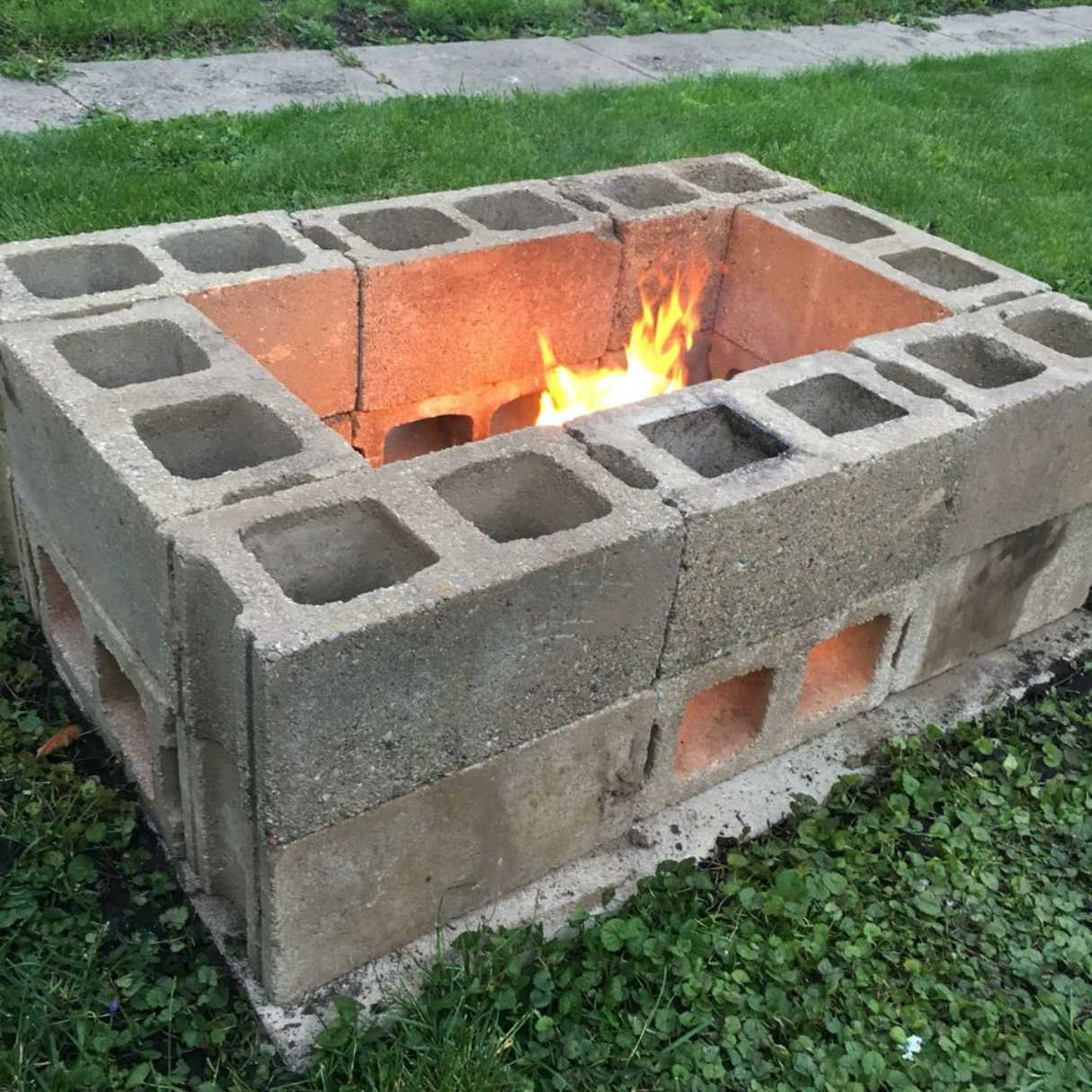
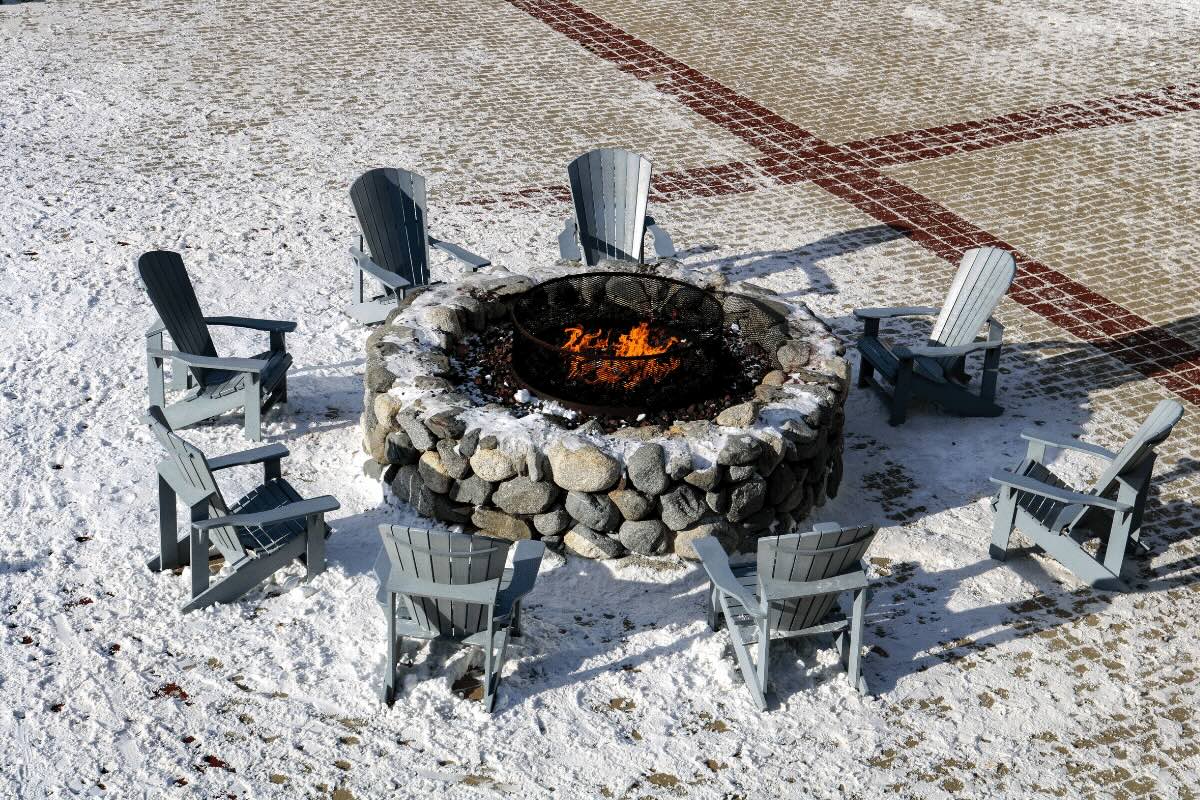
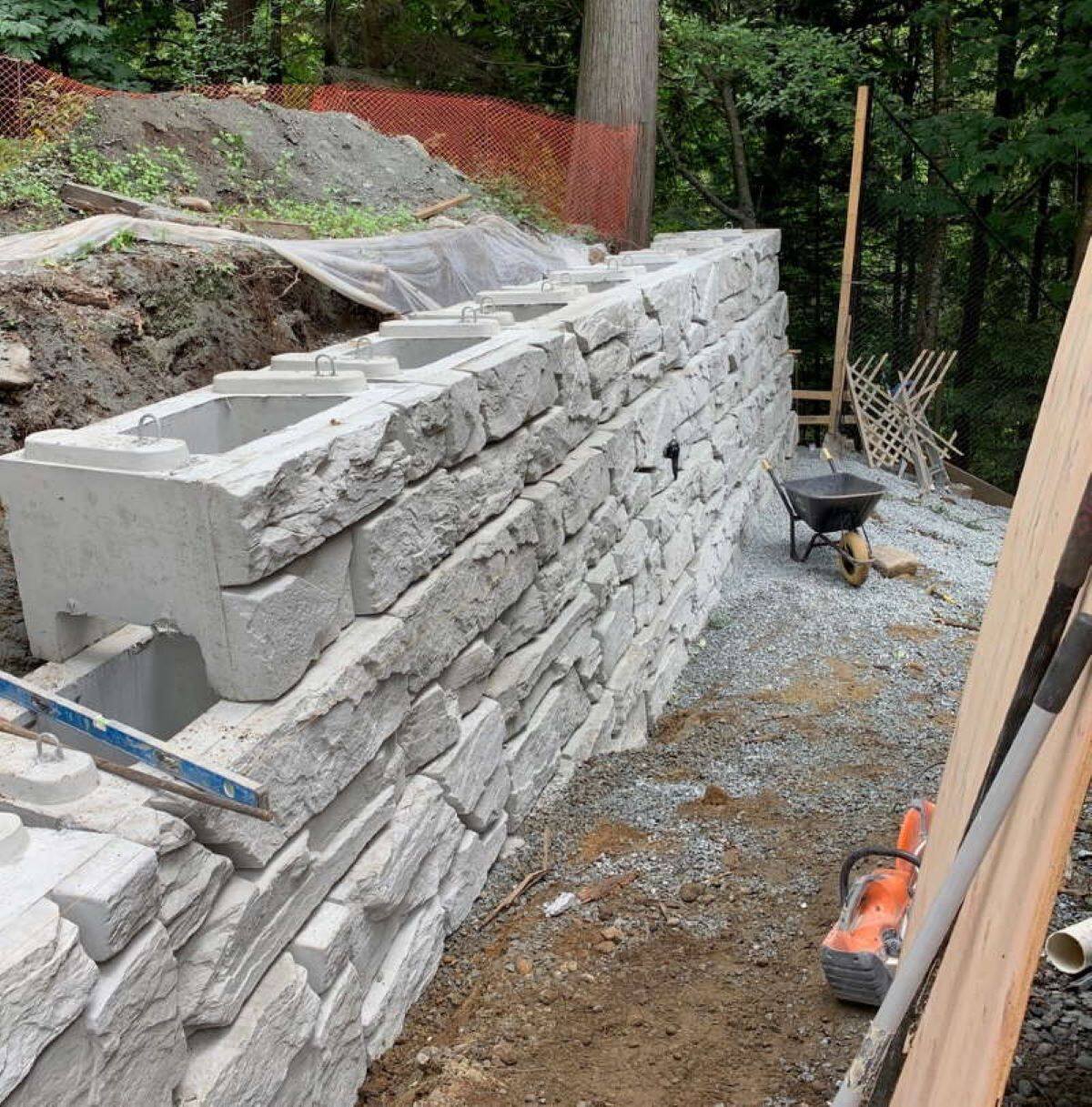

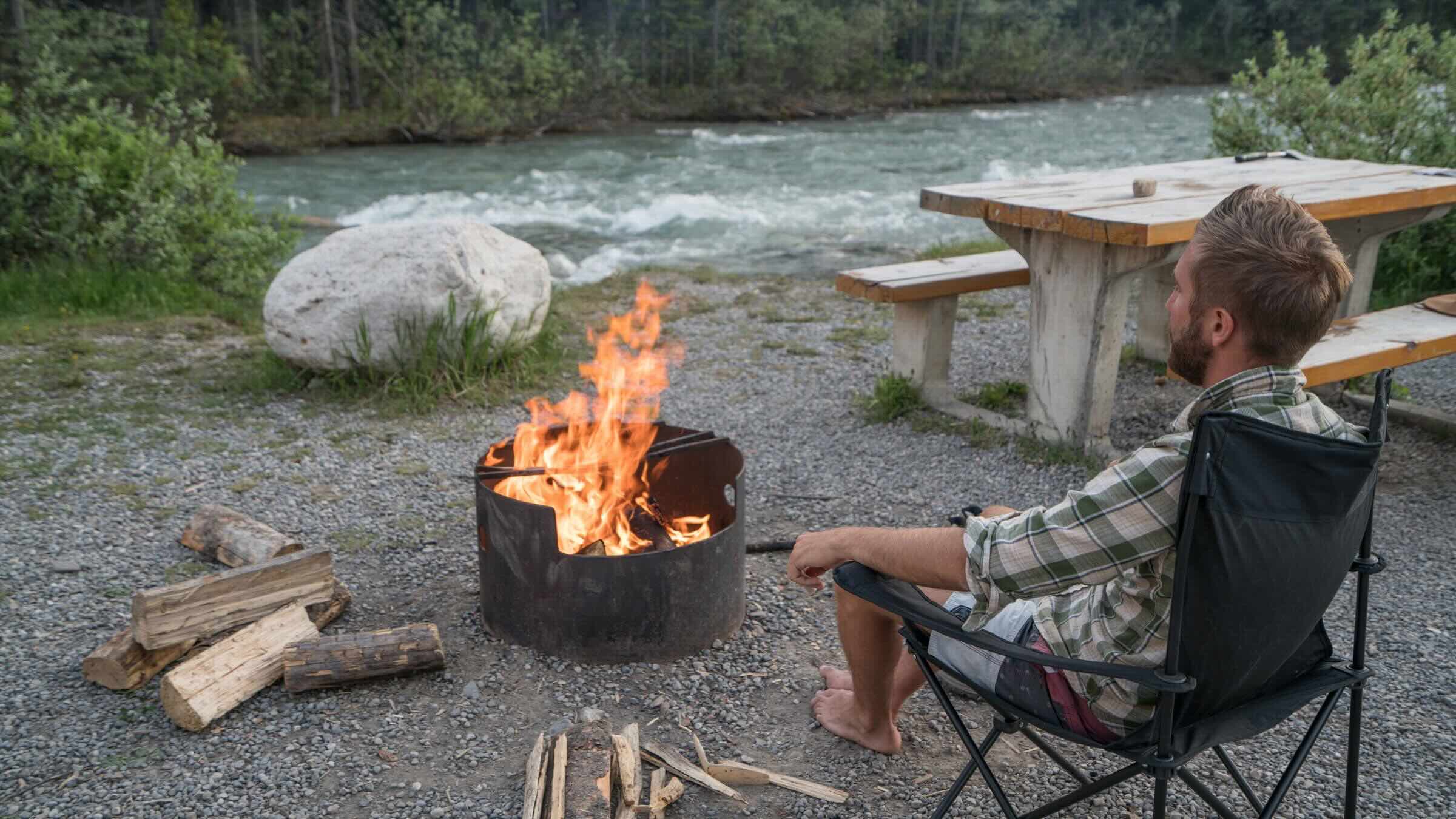
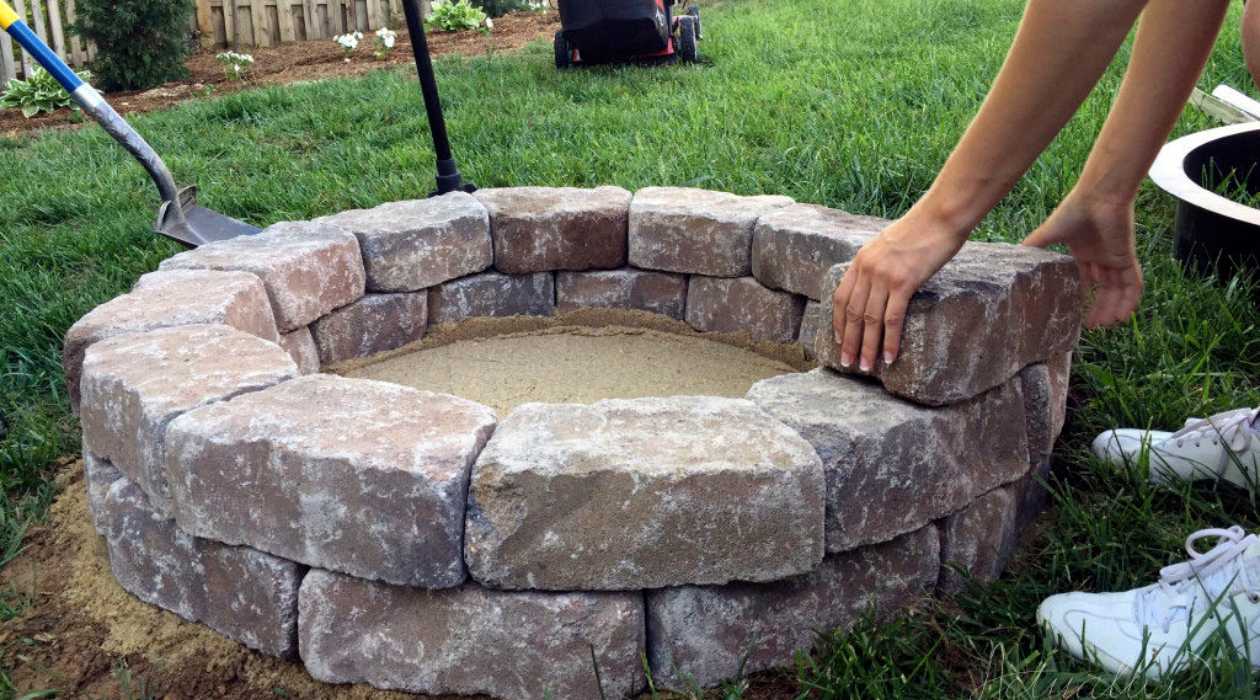
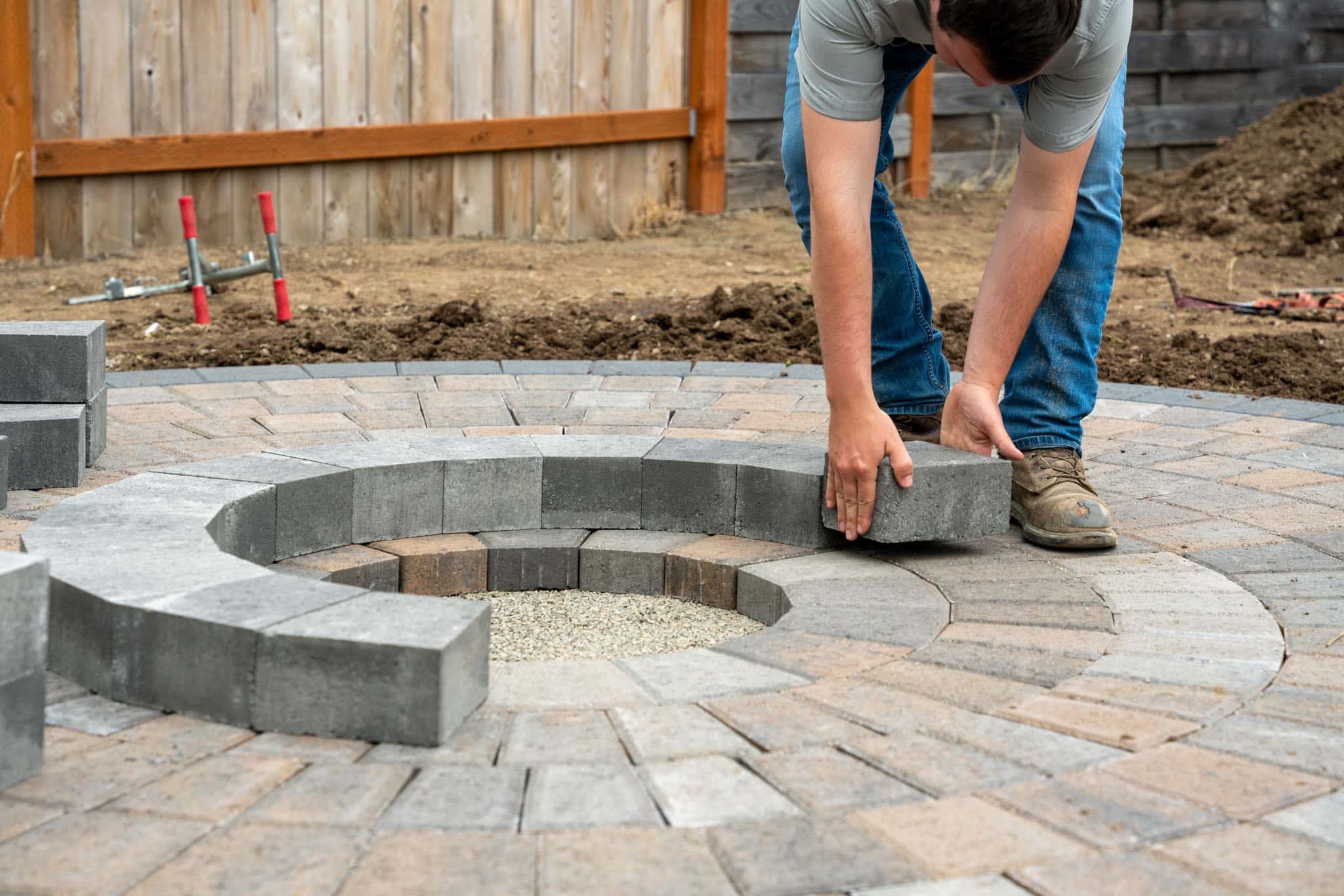

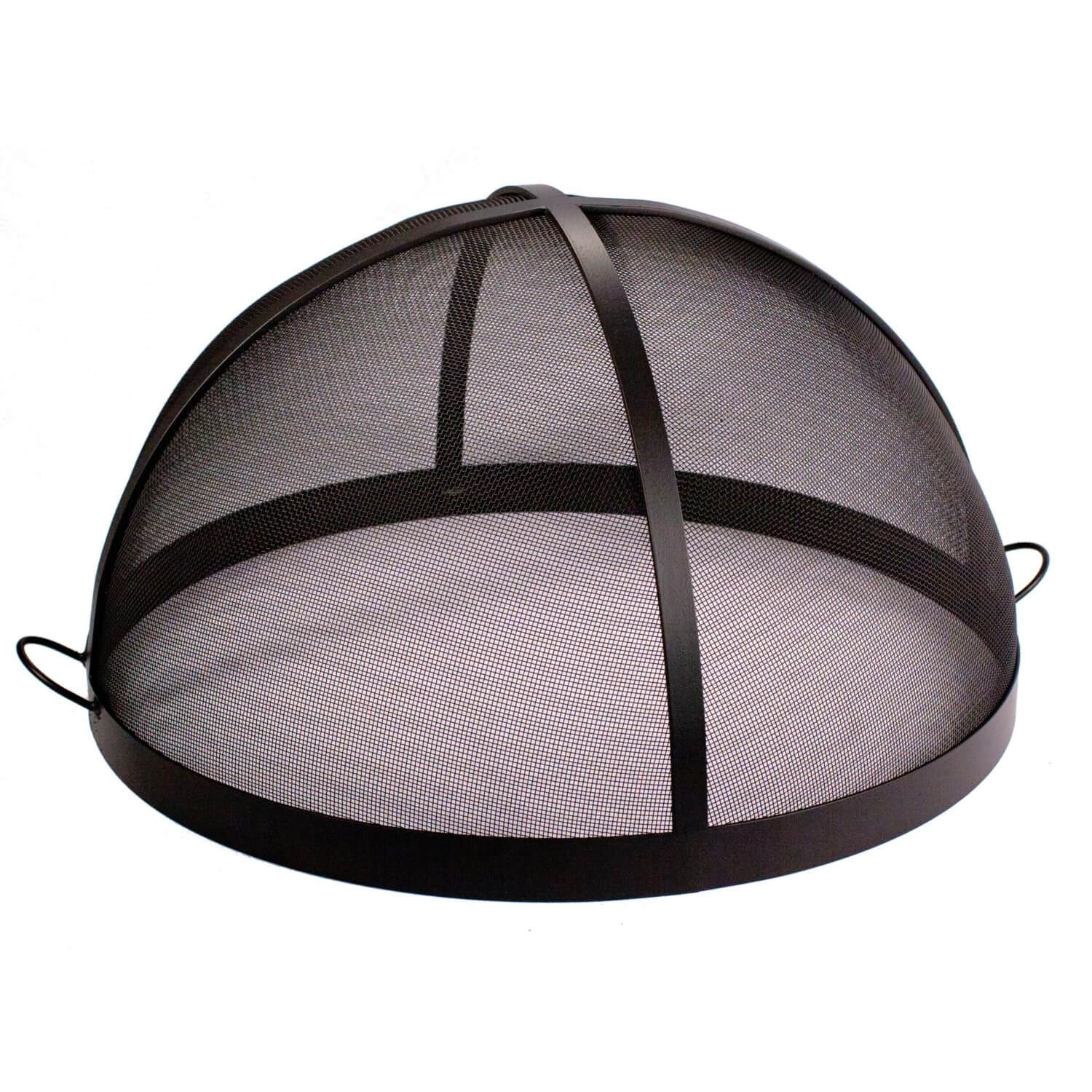
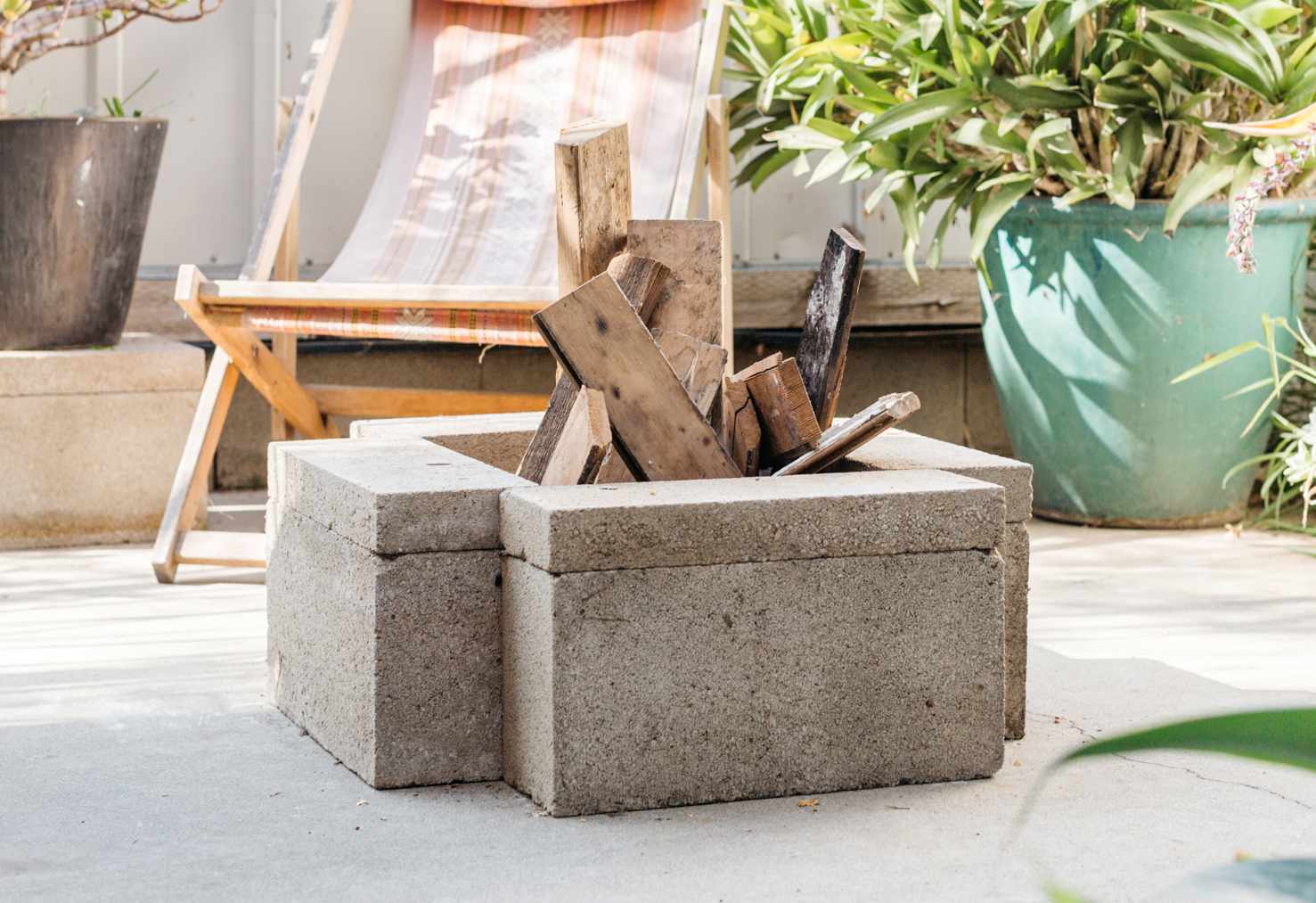
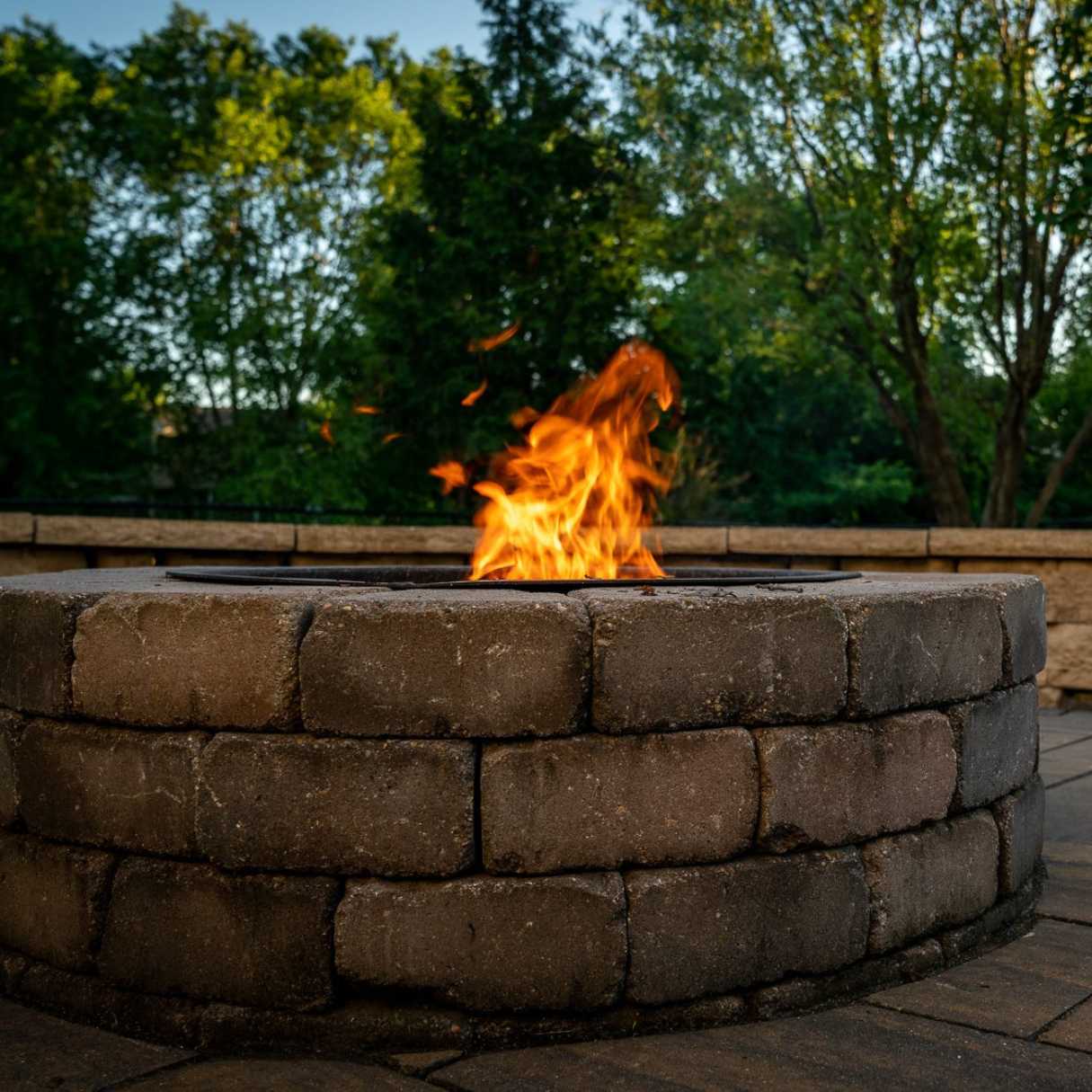
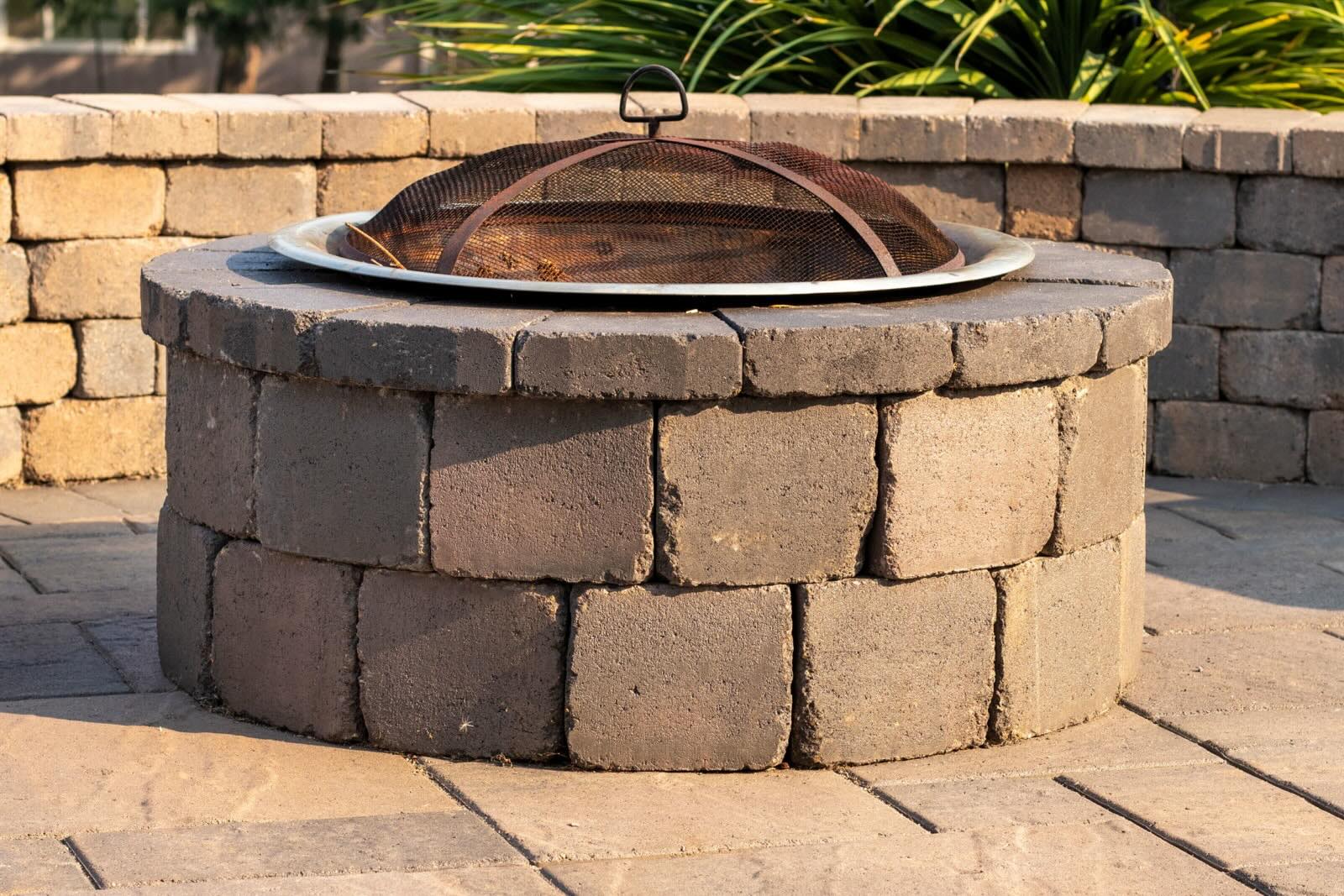
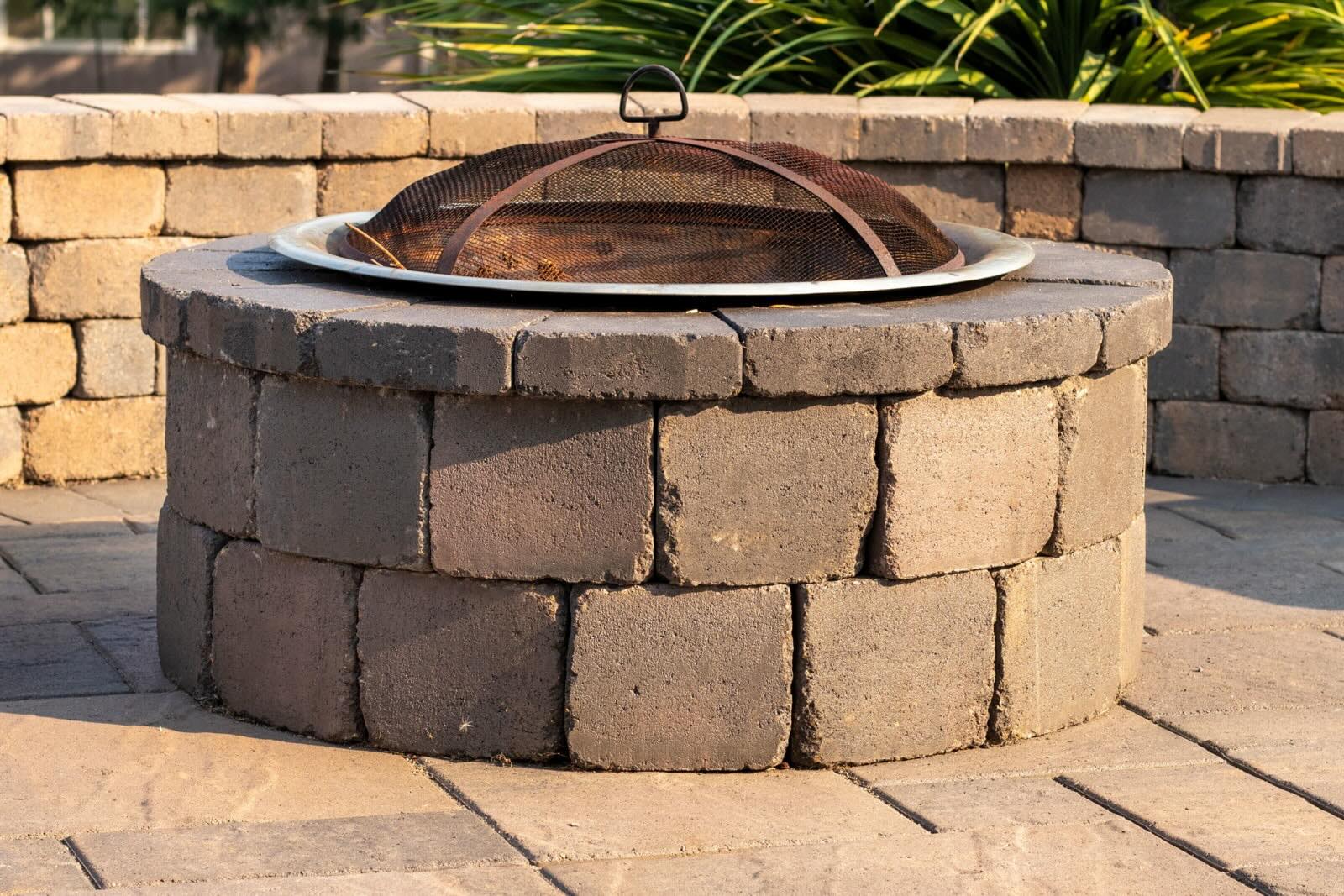
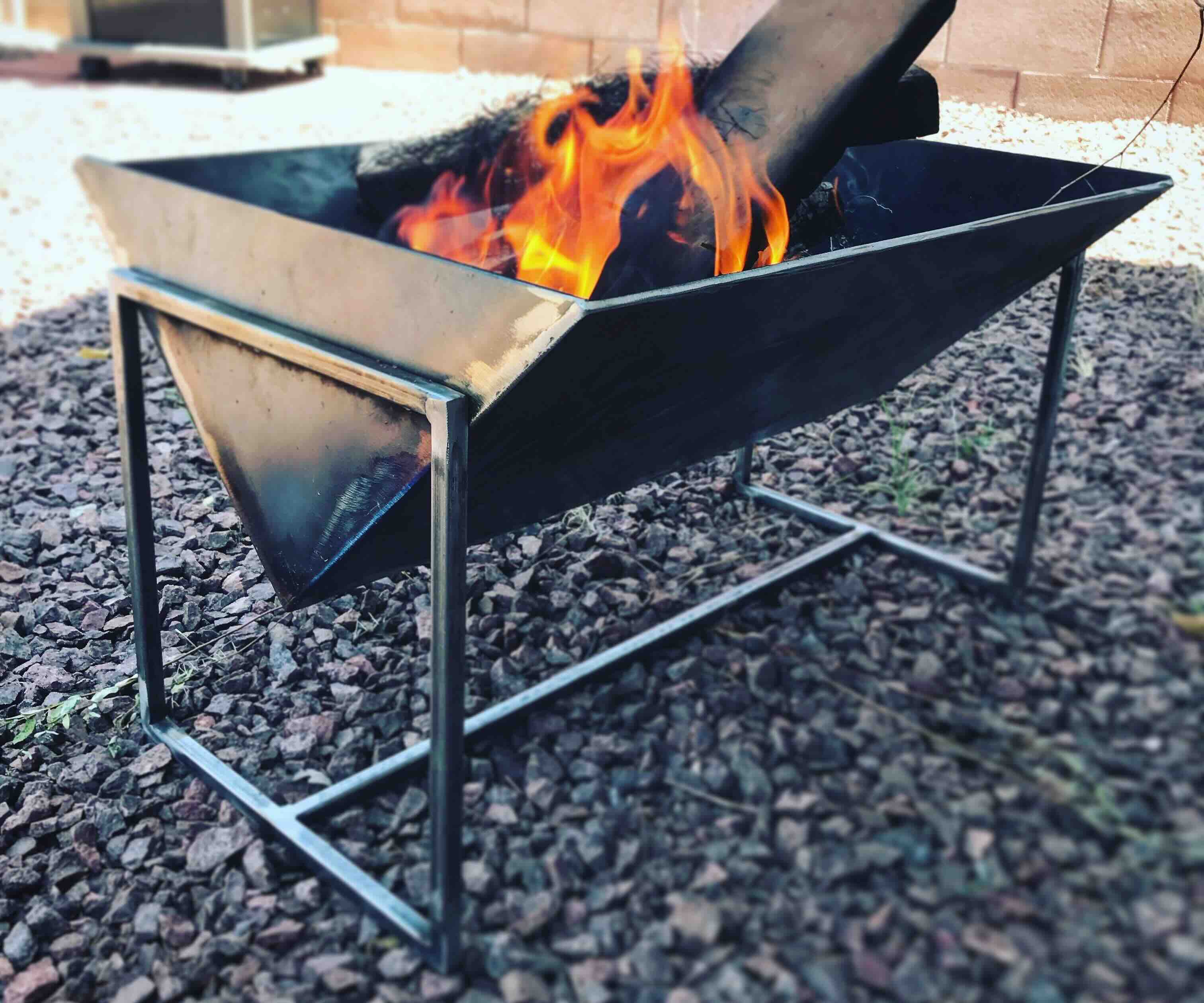
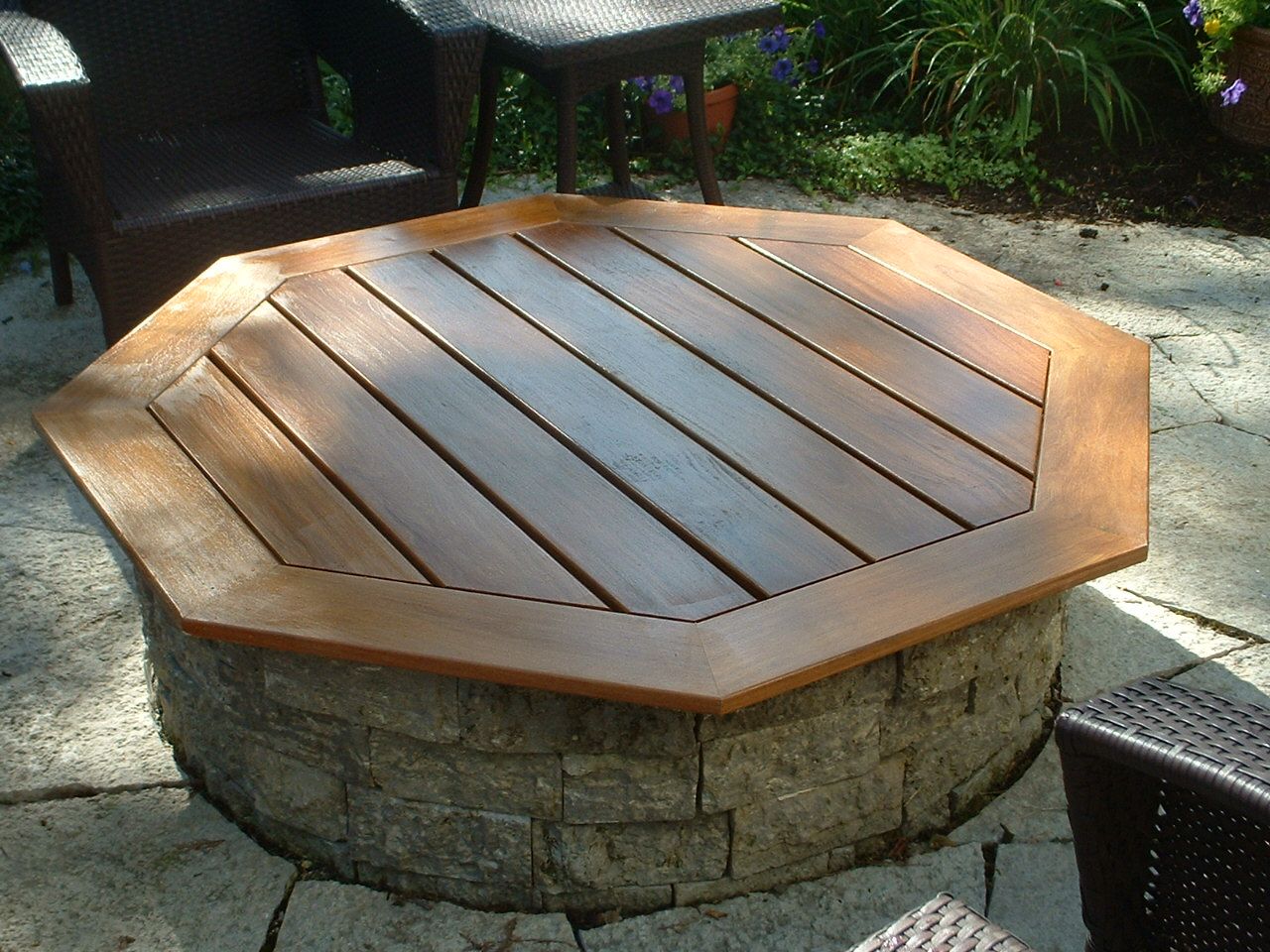

0 thoughts on “How Many Retaining Wall Blocks To Make A Fire Pit”